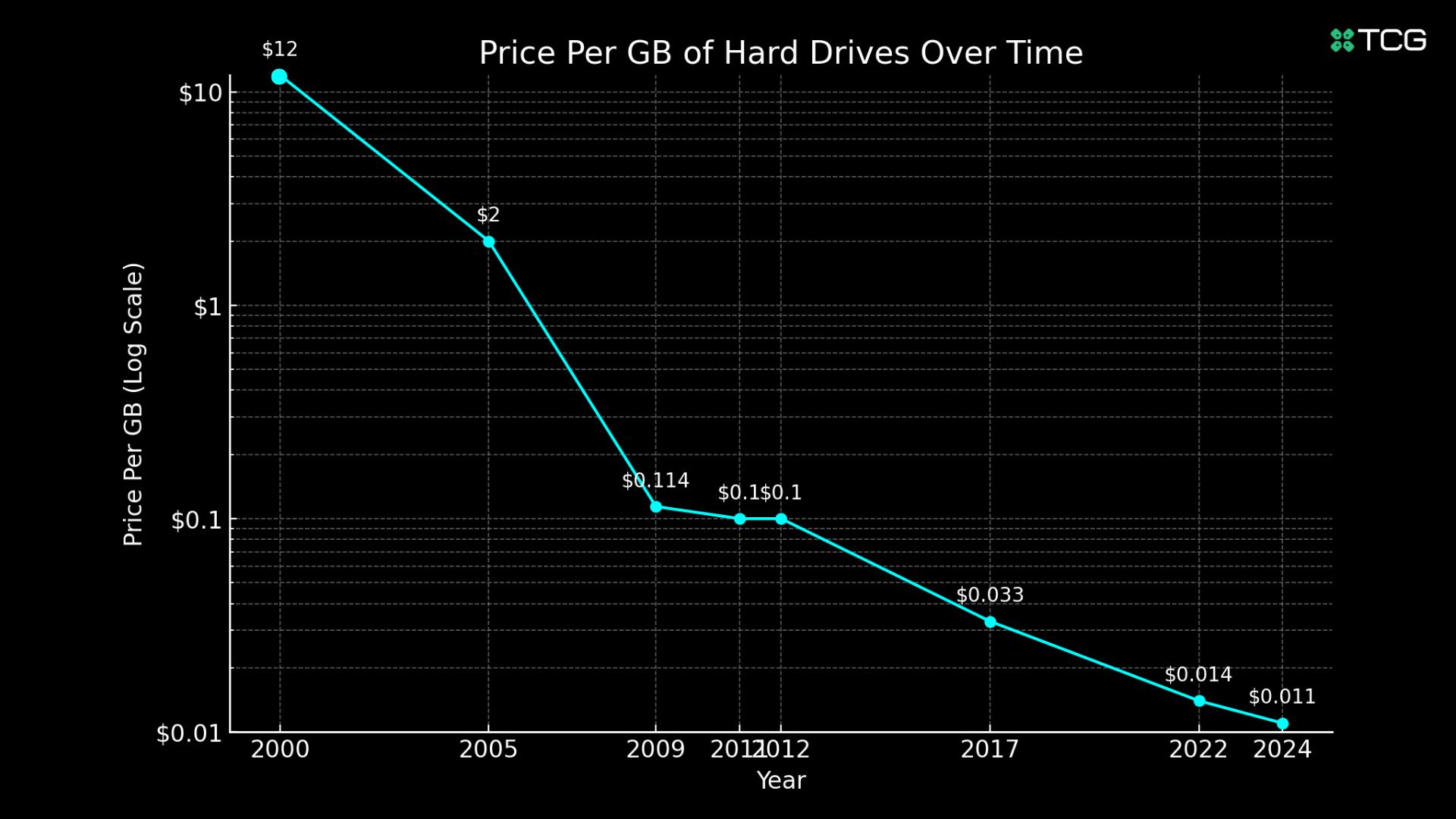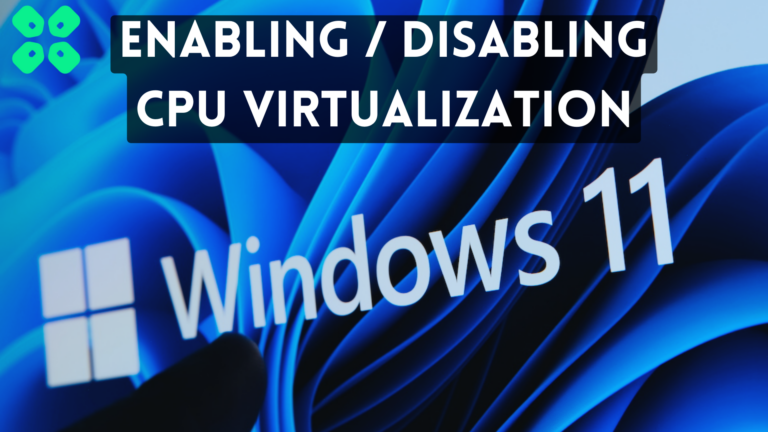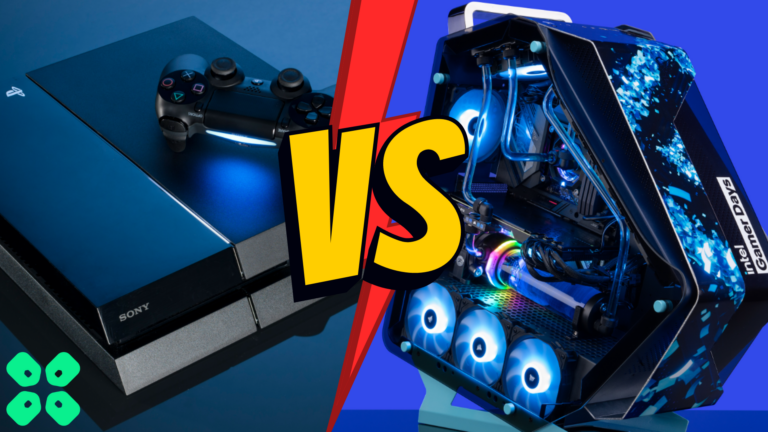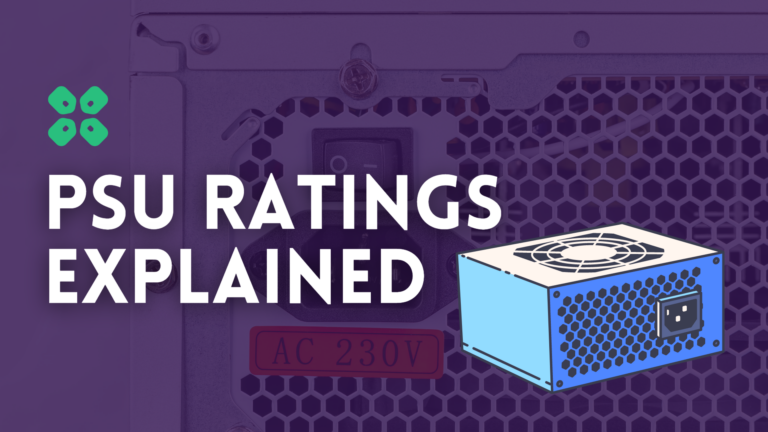Ever wondered how the cost of hard drives has evolved over the years?
Let’s dive into a journey that showcases the dramatic drop in the cost per gigabyte and what it means for us tech enthusiasts.

A Journey Through Time
In 2000’s the drives were more valuable than the complete PC now costing around $12/GB.
In December 2005, AnandTech also noted that the WD 400GB SATA 1.5G drive was available for under $200, which was considered a good deal for costing around $2/GB.
Even back in 2009, hard drives were quite an investment, costing over $0.11 per gigabyte.
In 2011, due to the Thailand floods, the price went up for a while reaching up to $0.010 when they had already been coming to around $0.07 and lower.
Fast forward to 2017, and the price dropped significantly to just below $0.03 per gigabyte.
Today, the cost has plummeted even further, with 12TB drives available for around $0.011 per gigabyte.
While not quite a penny, this is an impressive feat, and one of the most affordable parts in buying your PC parts.
The Cost Per Gigabyte Over the Years
From 2017 to November 2022, the average cost per gigabyte fell by 56.36%, from $0.033 to $0.0144. That’s an impressive annual drop of over 9%. Here’s a quick look at the journey:
- 2000: $12 per GB
- 2005: $2 per GB
- 2009: $0.114 per GB
- 2011: $0.10 per GB
- 2012: $0.10 per GB
- 2017: $0.033 per GB
- 2022: $0.014 per GB
- 2024: $0.011 per GB

The Dollars and Sense of It All
As we look back at the evolution of hard drive technology, it’s clear that the significant decrease in cost per gigabyte is not just a matter of economic fluctuation but also a reflection of technological advancements.
Over the years, the quality, speed, accessibility, and storage capacity of hard drives have all increased dramatically. This has made data storage solutions more efficient and accessible to a wider range of consumers and businesses, catalyzing a decrease in prices while simultaneously enhancing the value delivered to users.
Top 4 reasons that have contributed to this price decrease
- Technological Advancements: Improvements in data storage technology have allowed manufacturers to produce hard drives with higher capacities at lower costs. Techniques like perpendicular magnetic recording (PMR), shingled magnetic recording (SMR), and heat-assisted magnetic recording (HAMR) have increased storage density, reducing the cost per gigabyte.
- Economies of Scale: As the demand for storage has grown, driven by industries like cloud computing, big data analytics, and consumer electronics, manufacturers have ramped up production. This mass production has allowed for economies of scale, significantly reducing manufacturing costs.
- Market Competition: The hard drive market has seen intense competition among key players like Western Digital, Seagate, and Toshiba. This competition has spurred not only innovations but also price wars, which have benefited consumers.
- Replacement by SSDs: The advent of solid-state drives (SSDs), which offer faster speeds and reliability albeit at a higher cost initially, has put downward pressure on hard drive prices. As SSDs become the preferred choice for operating system drives, hard drives continue to be the cost-effective option for mass storage, which forces prices down to stay competitive.
These factors combined explain the dramatic decrease in hard drive costs over the past decades, shaping a more data-driven and accessible technological landscape.
Inflation Proof Domain?
Despite widespread inflation affecting many tech sectors, hard drive prices have remained remarkably unaffected. This resistance to inflationary pressures can largely be attributed to continuous improvements in production efficiency and technology that outpace cost increases.
Furthermore, the competitive nature of the storage market compels manufacturers to absorb some of the cost increases rather than passing them on to consumers. When adjusted for inflation, the prices of hard drives have not just decreased; they’ve plummeted.
The Future: How Low Can We Go?
Many predicted the end of the price drop race. Time proved them wrong.
The next milestone is <$0.01 per gigabyte, which we expect to hit by mid-2025 with 22TB or 24TB drives. Imagine buying a 22TB drive for $200.
But how much lower can it go? Only time will tell.





![How to know which CPU is compatible with your Motherboard [Comprehensive Guide]](https://www.thecpuguide.com/wp-content/uploads/2022/12/cpu-compat__featured-768x432.png)

